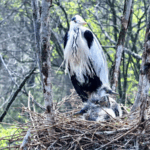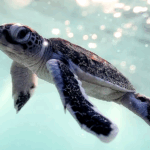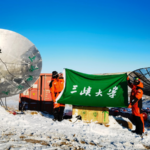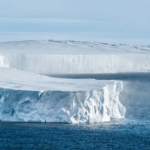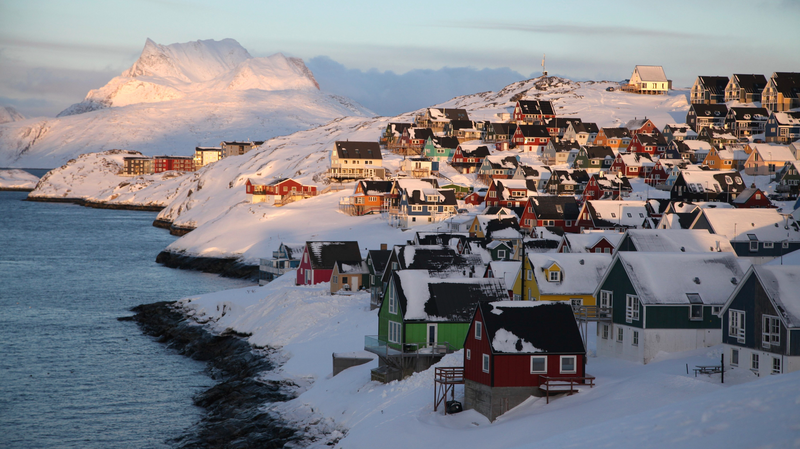In a groundbreaking study spanning 11 years, researchers have decoded how emperor penguins adapt their breeding patterns to climate extremes by analyzing an unusual marker: penguin guano. The findings reveal a direct correlation between temperature changes, snowfall, and shifts in nesting locations across Antarctica's fragile ecosystem.
Using satellite imagery to track guano stains across sea ice, scientists discovered that for every 1°C temperature increase, colonies relocate their breeding sites an average of 73 meters further. Each additional centimeter of snowfall compounds the challenge, forcing penguins to move another 66 meters to maintain optimal conditions for their chicks.
"This isn't just about penguin behavior – it's a climate change barometer," explained lead researcher Dr. Marie Lantin, whose team published the findings in Polar Biology. The study highlights how warming events and altered precipitation patterns disrupt the precise timing required for penguin chicks to develop waterproof feathers before sea ice melts.
Conservationists emphasize the implications for Antarctic biodiversity, noting that 30% of known emperor penguin colonies have already experienced breeding failures due to early ice breakup. The research provides critical data for policymakers developing marine protected areas and informs climate models predicting species survival rates.
As global temperatures continue rising, this study underscores the interconnectedness of polar ecosystems and human-driven environmental changes. Researchers hope these findings will strengthen international conservation efforts ahead of crucial climate negotiations later this year.
Reference(s):
Researchers map emperor penguin habitats under climate extremes
cgtn.com

